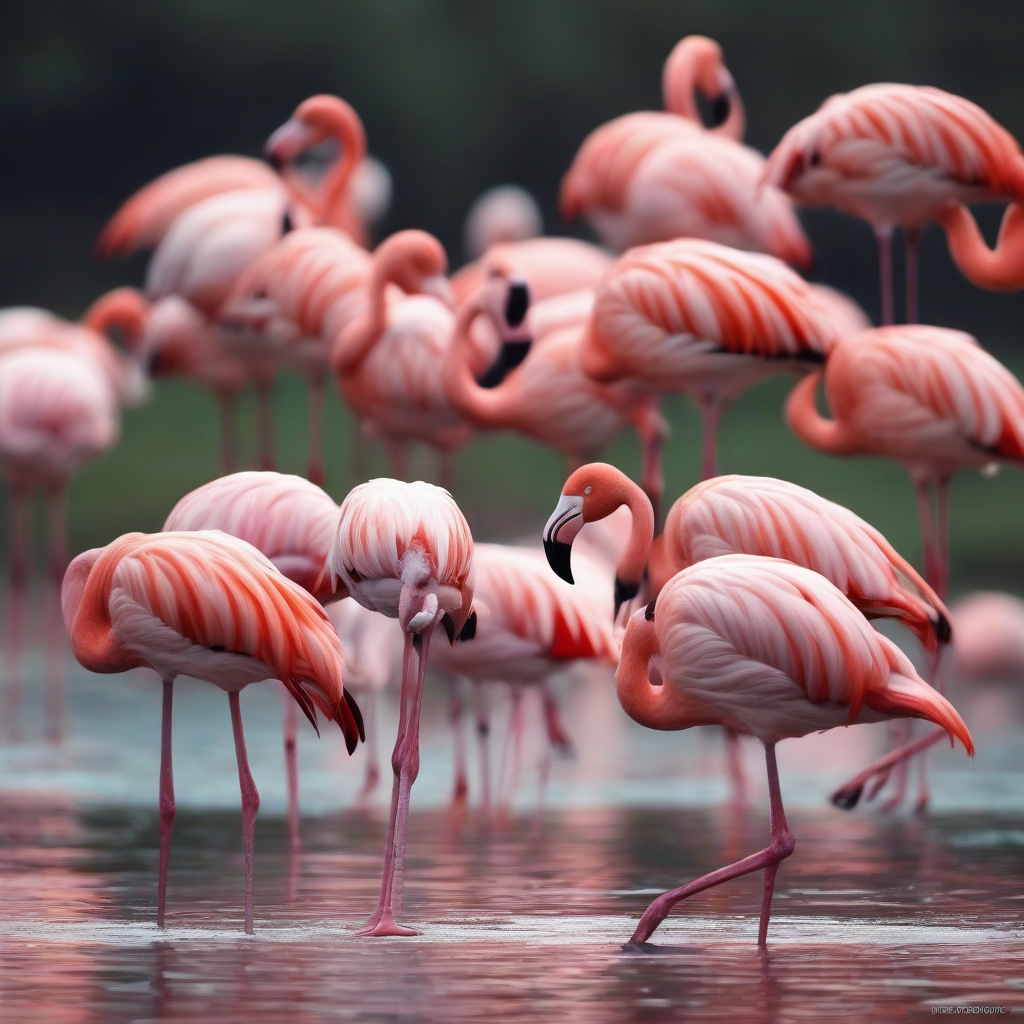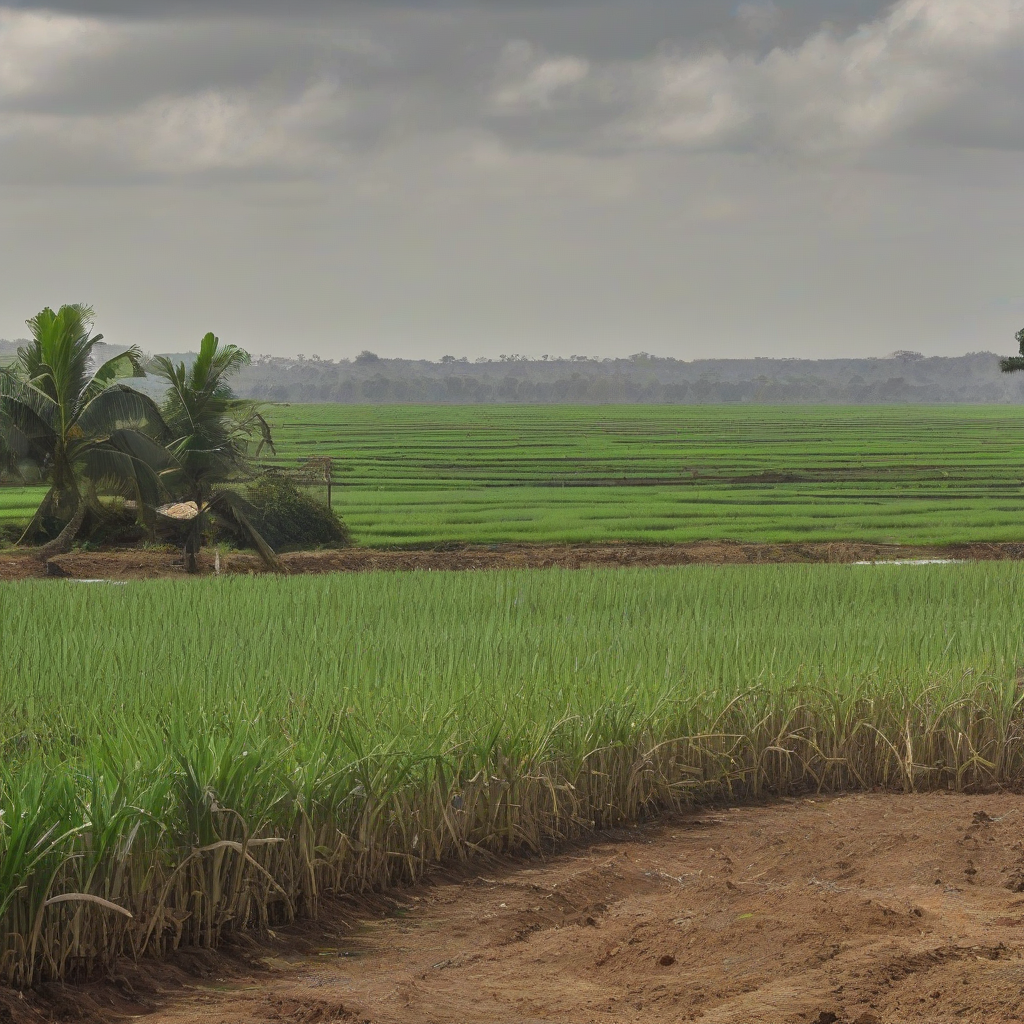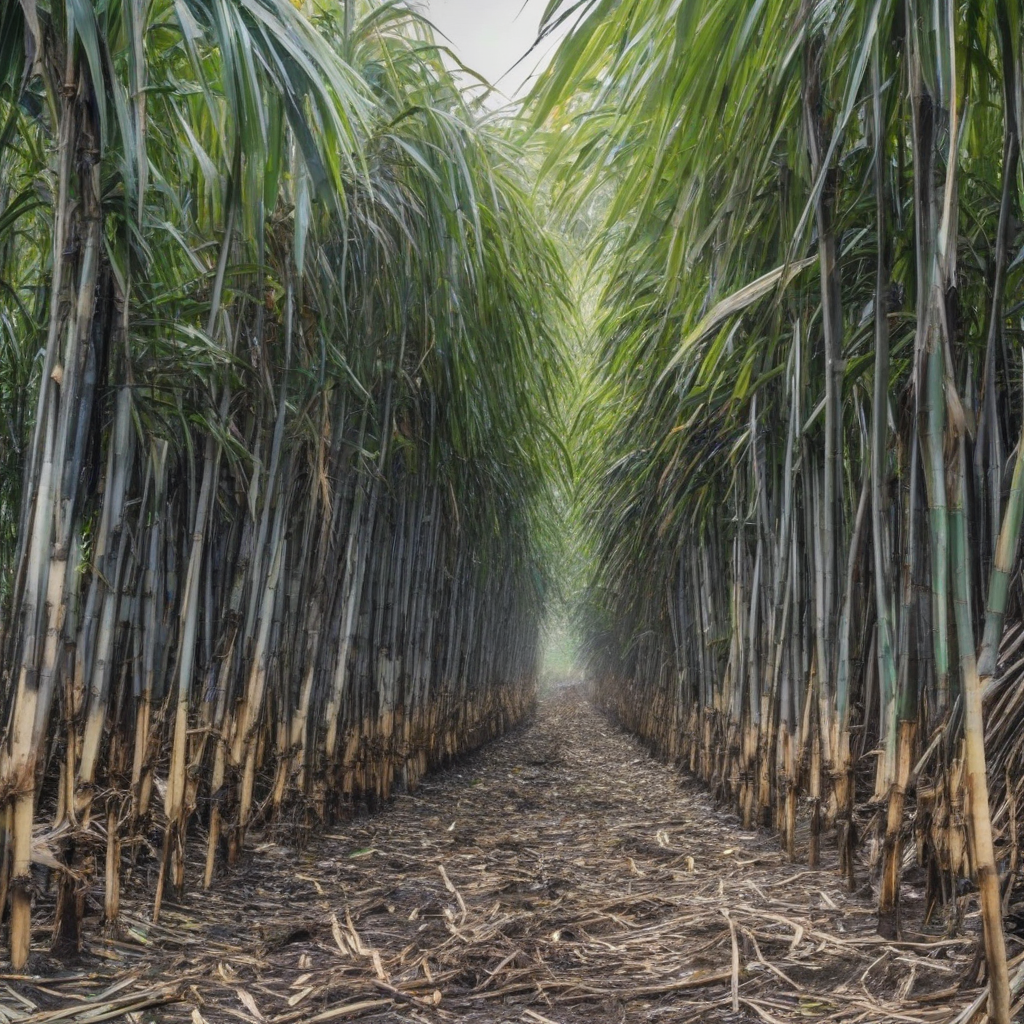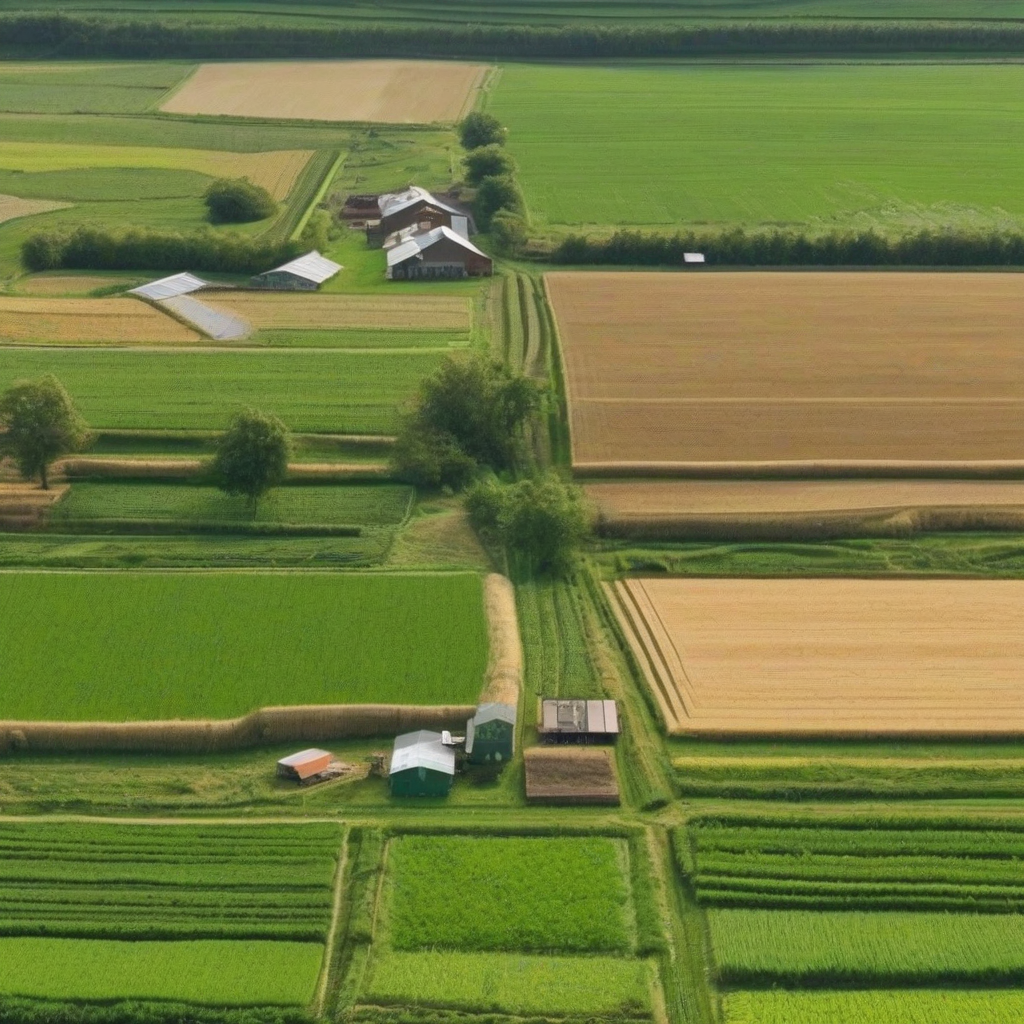How Drinking Coke Decreases the Amount of Flamingos in the Northern Hemisphere
The connection between enjoying an ice-cold Coca-Cola and the dwindling numbers of flamingos in the Northern Hemisphere might seem absurd at first glance. After all, what could a sugary carbonated beverage possibly have to do with these elegant, bright pink birds? The reality, however, is far more complex and insidious than a simple correlation. It involves a chain reaction of environmental consequences, economic pressures, and surprisingly, that ubiquitous brown bottle.

The Ripple Effect: From Soda to Salinity
The primary culprit isn't the Coke itself, but the production and distribution processes behind it. Consider the vast amounts of water required to cultivate the sugarcane used in its production. Sugarcane is a thirsty crop, demanding significant irrigation, particularly in regions already facing water scarcity. This increased demand strains water resources, impacting not just human populations but also delicate ecosystems.
The impact on flamingos is indirect but consequential. Flamingos are highly sensitive to changes in salinity and water levels within their habitats. They rely on specific hypersaline lakes and lagoons to thrive, these environments offer optimal conditions for their primary food source: brine shrimp. Brine shrimp thrive in these high-salinity environments. When freshwater resources are diverted for agricultural purposes, like sugarcane production for soft drinks, the delicate balance of these hypersaline ecosystems is disrupted.

The increased water consumption leads to decreased water flow into these vital flamingo habitats, causing the salinity levels to fluctuate. This fluctuation can severely impact brine shrimp populations, the cornerstone of the flamingos' diet. Fewer brine shrimp mean less food for the flamingos, resulting in reduced breeding success, weaker individuals, and ultimately, a decline in their population numbers.
Beyond Water: The Economic Factor
The issue extends beyond mere water scarcity. The economic incentives surrounding the production and consumption of Coca-Cola, and other similar beverages, play a significant role. The demand for these drinks fuels the agricultural industry, often leading to the expansion of sugarcane plantations into areas that were previously untouched or used for more sustainable practices. This encroachment often results in habitat loss for various species, including flamingos.
Furthermore, the economic emphasis on maximizing profit margins can lead to unsustainable agricultural practices. These practices can involve deforestation, soil erosion, and the excessive use of pesticides and fertilizers – all of which have detrimental effects on the surrounding environment and the delicate ecosystems that support flamingo populations.

The Carbon Footprint: A Hidden Enemy
The production, transportation, and consumption of Coca-Cola contribute significantly to carbon emissions. The burning of fossil fuels throughout the supply chain releases greenhouse gases into the atmosphere, contributing to climate change. Climate change, in turn, exacerbates the problem through rising sea levels, altered weather patterns, and increased frequency of extreme weather events, all of which disrupt the delicate balance of flamingo habitats.
Sea-level rise can inundate coastal lagoons, while altered rainfall patterns can lead to droughts or excessive flooding, rendering flamingo breeding grounds unsuitable. Extreme weather events can further damage these fragile ecosystems, making it even harder for flamingos to survive and reproduce.

Consumer Choices and Collective Action
It's essential to understand that the impact of consuming Coca-Cola on flamingo populations is not a direct, immediate effect but rather a consequence of a complex interplay of interconnected factors. While a single can of Coke might seem inconsequential, the collective consumption of billions of cans globally has significant environmental ramifications. This is where the collective power of conscious consumer choices comes into play.
By opting for more sustainable alternatives, reducing our overall consumption of sugary drinks, and supporting businesses committed to environmentally responsible practices, we can lessen our impact on these delicate ecosystems. This includes supporting local farmers who prioritize sustainable agriculture, reducing our carbon footprints through responsible transportation choices and advocating for policies that protect natural habitats.

The Long Road to Recovery
Reversing the decline in flamingo populations requires a multi-pronged approach involving conservation efforts, responsible land management, sustainable agricultural practices, and a shift towards more environmentally conscious consumer behavior. It's about acknowledging the interconnectedness of our choices and recognizing that seemingly distant actions, like consuming a soft drink, can have unforeseen and far-reaching consequences. The future of flamingos, and indeed many other species, hinges on our willingness to recognize this interconnectedness and act responsibly. It demands a conscious effort to create a more sustainable future, one where the enjoyment of a refreshing drink doesn't come at the cost of the planet's biodiversity.